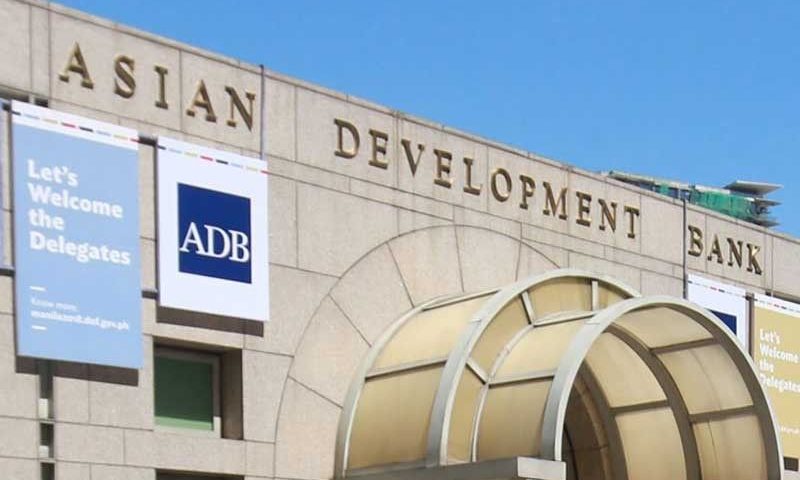The Asian Development Bank lowered slightly its 2022 economic growth forecast for developing Asia and raised its inflation projection, as the Russian invasion of Ukraine clouds the global economic outlook and Covid-19 continues to pose a threat to the region.
The Manila-based multilateral bank said Wednesday that it expects developing Asia’s recovery to continue, predicting that gross domestic product growth will stay strong at 5.2% this year.
That compares with the 5.3% expansion it predicted in December and the 6.9% growth recorded last year in the region, which includes China, South Korea and India. It excludes Japan, Australia and New Zealand.
The bank forecasts economic growth at 5.3% for 2023.
Since the ADB published its previous batch of forecasts, the war in Ukraine has sent shockwaves across financial markets.
“The highly uncertain outcome of the invasion is an additional hurdle for developing Asia’s economies, many of which are still grappling with Covid-19,” the ADB said.
ADB expects the direct fallout will likely be limited–except in the Caucasus and Central Asia, which have more trade links with Russia–but indirect effects such higher food and energy prices will be felt across the region, the ADB said.
The bank has raised its 2022 inflation forecast for developing Asia to 3.7% from the 2.7% it projected in December.
Aside from geopolitics and the pandemic, the region faces downside risk from aggressive monetary-policy tightening in the U.S., which the ADB reckons could trigger financial-market volatility, rapid capital outflows and sharp currency depreciations.
However, the bank expects regional growth to be supported by a robust recovery in domestic demand in economies that are continuing to catch up with prepandemic trends, particularly in South Asia, where the ADB expects GDP growth of 7.0% for the year.
It said East Asia already converged to its prepandemic trend last year and expects growth rates to normalize to 4.7% in 2022 and 4.5% in 2023. China will likely continue to be the main growth driver, with an expected 5.0% expansion in GDP this year.
“Growth rates in the other subregions will return to their prepandemic averages this year or next,” the bank said.
When asked what the high level of uncertainty could mean for the bank’s forecasts and the possibility of downward revisions, ADB Chief Economist Albert Park said one factor to watch is oil sanctions against Russia.
“Our current forecasts assume the war doesn’t continue beyond the year, so oil prices eventually moderate,” he said at a press briefing. “If sanctions are increased and are effective in preventing Russia from selling its oil and gas then that clearly would lead to an even greater spike in oil prices. And that would put additional pressure on all the oil-importing countries in the region.”
ADB’s update comes on the heels of the World Bank’s 2022 outlook update for East Asia and Pacific. Citing the commodity supply shocks from the war, rising financial stress and dampening global growth, the World Bank cut its regional GDP growth projection to 5% from the 5.4% predicted in October. It warned that growth could decelerate to 4% if global conditions worsen and policy responses weaken.

